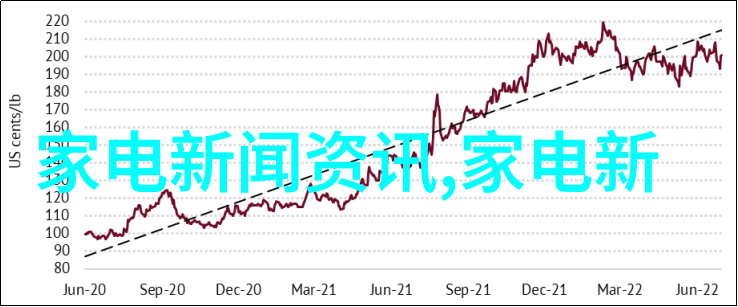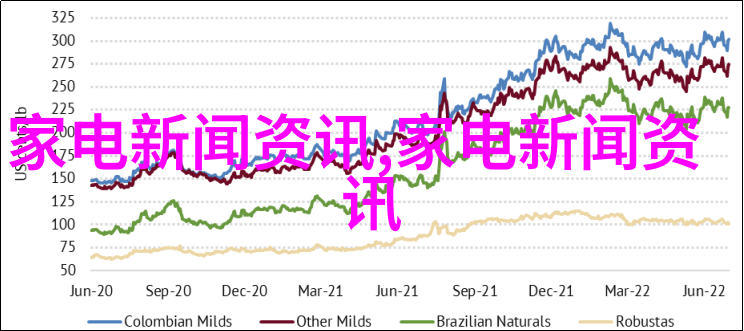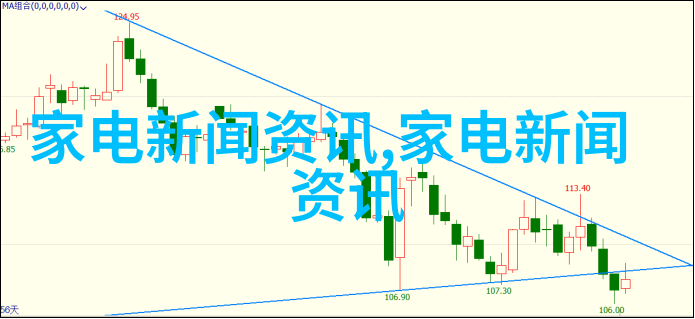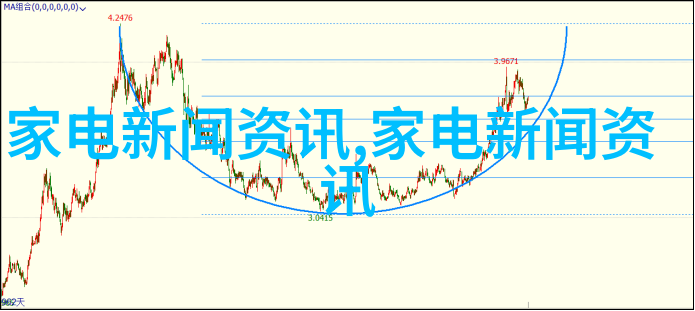Introduction to Oil-Water Separators

Oil-water separators are devices designed to separate two immiscible liquids, typically oil and water, based on their different densities. These separators play a crucial role in various industries such as petrochemical, marine, and automotive sectors. The choice of an appropriate oil-water separator model is essential for efficient separation.
Importance of Model Specifications

The selection of an oil-water separator model depends on several factors including flow rate, liquid properties (density and viscosity), desired level of separation efficiency, space constraints, budget limitations and environmental considerations. A comprehensive understanding of these specifications is vital for choosing the right model.
Oil-Water Separator Model Selection Process

To ensure effective separation performance, it's important to select the correct type and size of oil-water separator based on specific application requirements. This process involves careful consideration of factors such as flow rates that can range from 50 gallons per minute (GPM) to over 10 million GPM.
Factors Influencing Oil-Water Separator Performance

Several factors influence the performance efficiency of an oil-water separator including design features like coalescer technology or gravity settling chambers; installation orientation; maintenance practices; and operating conditions like temperature fluctuations or pressure variations.
Role Of Oil-Water Separator Type And Size In Efficiency

Different types and sizes of oil-water separators offer varying degrees of efficiency depending on their design features mentioned above such as vertical or horizontal configuration with different compartments accommodating distinct treatment processes within one unit.
Significance Of Using An Appropriate Material For Construction
Materials used in constructing an oil-water separator have significant impact on its overall effectiveness since they must be able to withstand harsh environments while maintaining structural integrity throughout its lifespan without compromising quality standards set by regulatory bodies governing respective industries where these units are installed.
7.A Guide To Reading The Oil Water Separator Model Against Table
Reading an 'oil water separator model against table' requires knowledge about each column representing specific attributes associated with individual models which include maximum capacity measured in gallons per minute (GPM); dimensions expressed in inches or centimeters; power consumption expressed watts(W) ; weight given in pounds(lbs)/kilograms(kg); price range specified either by cost per unit ($/unit)or total system cost ($)
8.Conclusion: Choosing The Right Model Matters
In conclusion choosing the right type size material construction layout operation maintenance schedule budget allocation will significantly affect overall performance efficiency safety reliability longevity durability scalability adaptability sustainability feasibility affordability value proposition market penetration customer satisfaction industry reputation compliance certifications awards recognition innovation excellence success story benchmarking best practice adoption implementation integration optimization improvement adaptation evolution transformation growth development progress enhancement advancement breakthrough solution revolution paradigm shift future outlook potential prospects opportunities challenges threats risks hazards obstacles barriers difficulties complexities uncertainties variables constants constants change drivers triggers catalysts agents actors influencers decision-makers stakeholders beneficiaries end-users users consumers customers clients clients partners vendors suppliers distributors manufacturers producers processors sellers buyers traders investors owners operators managers directors chairmen CEOs CFOs CTOs COOs etcetera



